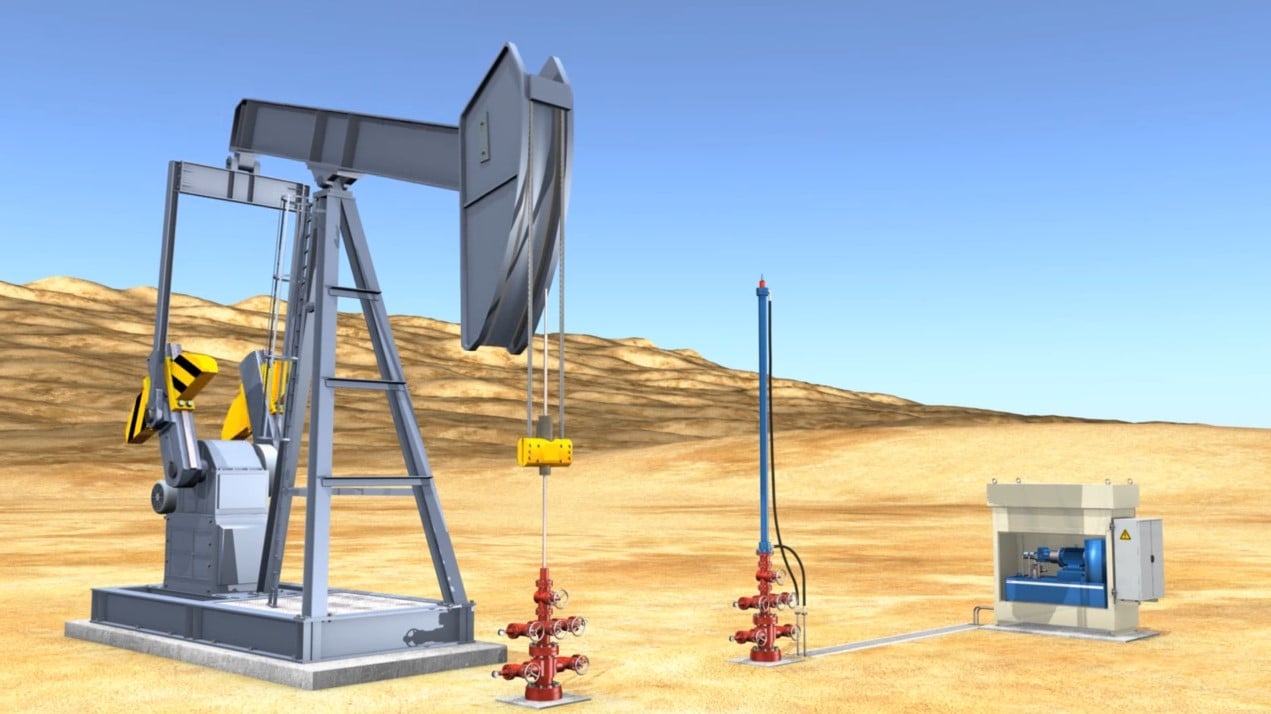Kayrros Commodity Digest, 11 June 2018 – Crude inventories build globally, but not in Venezuela where crude is getting hard to come by
Q1 hedge fund letters, conference, scoops etc, Also read Lear Capital: Financial Products You Should Avoid?
- Kayrros reported a large build in global (excluding the US) inventories this week while EIA reported a build in US commercial crude oil inventories.
- This means an even larger build on the week for global crude storage. Since April 2018, the largest two-month build has been seen since the beginning of the global crude oil inventory tracker history in February 2016. Year-on-year, inventories are still down.
- The build this week is led by the Middle East and Europe. The Middle East build is driven by the U.A.E., which had an unprecedented build, Turkey, Qatar (with the highest level in over a year) slightly offset by Egypt, Iran, and Iraq. The Europe build is driven by Italy and Rotterdam.
- Crude time spreads, corrected slightly this week after narrowing continuously since the end of April, are in line with the rebound in global crude inventories.
- The Brent 6m vs 1m time spread is relatively flat week-on-week after narrowing to -$1.17/b on Monday.
- We will be watching closely the trend of large builds in global inventories observed recently. A continuation of the trend in the next weeks, and into Q3 which saw draws in global crude inventories in the past two years, could be a signal for further narrowing of time spreads.
- Crude inventories in Cushing measured by Kayrros have been trending down since the beginning of May, in line with data reported by EIA.
- Kayrros measured another draw in Cushing inventories on June 7. The next EIA report will come out Wednesday, June 13 and cover the week ending June 8.
- Kayrros satellite surveillance showed signs of a deepening crisis in Venezuela.
- Kayrros measured Activity Index in the giant El Furrial oil field has dropped significantly over the past few weeks.
- According to Reuters on June 6, "Tankers waiting to load more than 24 million barrels of crude […] are sitting off Jose, the country’s main oil port". However, Kayrros crude oil inventory tracker in Puerto Jose does not show a large corresponding build in crude inventories, highlighting that declining crude oil production may be a large factor in the delays in crude oil exports out of Venezuela, and not just congestion in the port.
- 10-day floating storage index in Venezuela, however, has been building from May 14 to June 4, and PDSVA is looking at ship-to-ship transfers to try clearing the backlog.
Below is a recap of publications by Kayrros for the week ending June 8:
1. Cash-strapped Venezuela is losing production capacity fast, and lawsuits against PDVSA are exacerbating its export problems.
- Over the past few weeks, Kayrros monitoring has seen the Activity Index of the major Venezuelan oil fields decline sharply.
- Exports dropped to a new low in May.
- The 10-day floating storage measured by Kayrros showed a slight build between May 14 and May 28.
- The Kayrros Venezuela Crude Oil Inventory Tracker measured a small build between May 28 and June 4.
2. The 10-day floating inventories increased significantly, while the 30-day floating inventories continue dipping below their lowest levels measured by Kayrros since December 2016 with this week's draw between May 28 and June 4.
- China and Venezuela are the only regions where the floating inventories decreased.
3. Kayrros measurements for US crude oil inventories revealed draws in the Gulf Coast and West Texas between May 27 and June 3
- In the Gulf Coast, inventories in Clovelly (LOOP) and Saint James decreased, offsetting the build measured the previous week.
- West Texas inventories decreased due to draws in Midland.
- Inventories at the Cushing hub also decreased.
4. Kayrros forecasts crude oil production for the Lower 48 to continue increasing in September 2018, more than the latest EIA forecast.
- The growth is primarily driven by Texas and New Mexico, as the Permian is expected to maintain a steady growth rate.
5. Global disruptions measured by Kayrros increased as Algeria's Rhourde Berkine and Zotti fields are disrupted again.
- Disruptions in Algeria rose this week, Kayrros detected.
- Production in the Algerian Rhourde Berkine field has returned to previous levels of disruption, after making a recovery last week. The field is mainly responsible for the country's increase in disruption this week.
- Kayrros also detected new disruptions in the Zotti field production, leading to an oil supply loss.
- For the second consecutive week, disruptions in Iraq have increased.
- This stems from the restart of smaller fields, while the Bai Hasan field remains shut down.
- Disruptions in Libya remain flat for the third consecutive week.
- The Elephant field (El-Feel field) remains shut down.






